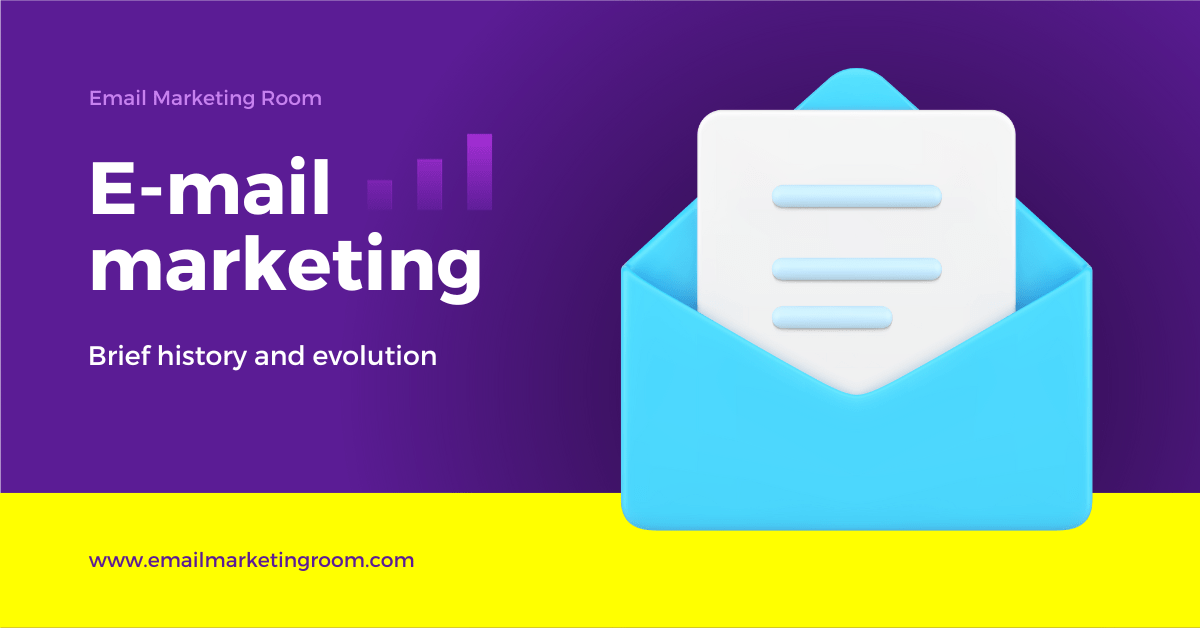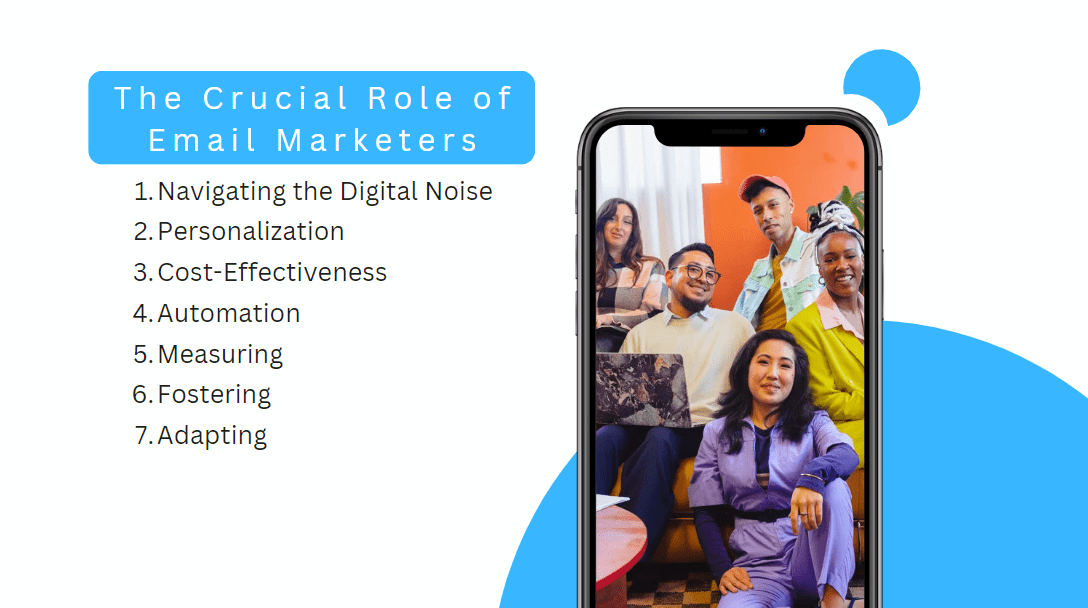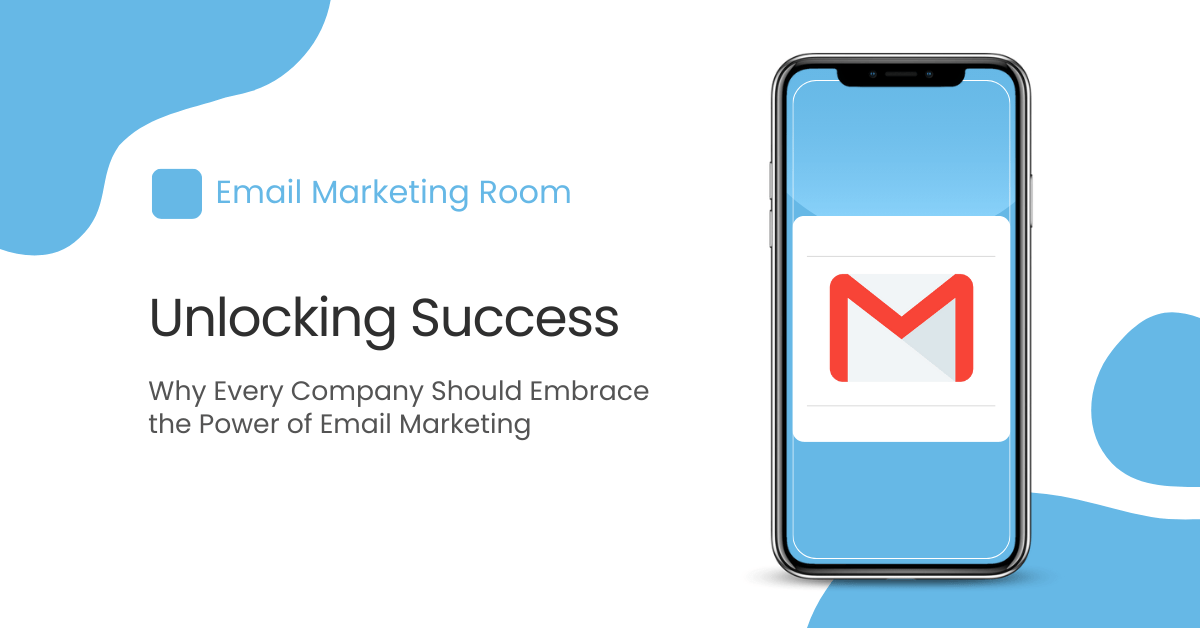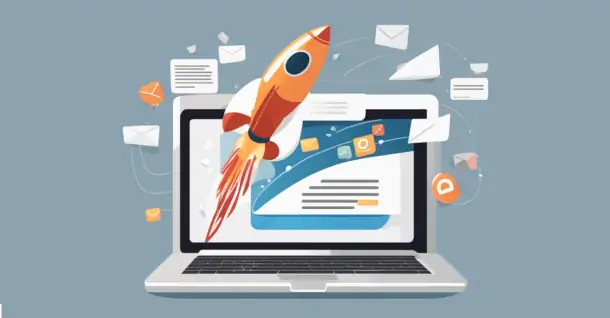1970s – 1980s: Origins of Email:
Email marketing traces its roots back to the early days of the Internet. The first email was sent in 1971, marking the beginning of electronic communication. However, commercial use of email for marketing purposes only emerged in the 1980s.
1990s: Text-Based Emails and the Rise of Spam:
In the early 1990s, businesses started using email for promotion. These were primarily text-based messages. Unfortunately, this era also saw the rise of spam, as marketers began sending unsolicited and often irrelevant messages to large email lists.
2000s: HTML Emails and Increased Sophistication:
The 2000s brought advancements in email design with the introduction of HTML emails. Marketers began incorporating graphics, images, and links, making emails more visually appealing. However, this era also saw challenges with spam filters and concerns about inbox clutter.
Mid-2000s: CAN-SPAM Act and Regulation:
In 2003, the U.S. implemented the CAN-SPAM Act, which set rules for commercial email and established requirements for opt-out mechanisms. This legislation aimed to reduce unwanted and deceptive email marketing practices.
Late 2000s – Early 2010s: Rise of Email Service Providers (ESPs):
The late 2000s witnessed the emergence of Email Service Providers (ESPs) like Mailchimp and Constant Contact. These platforms offered user-friendly interfaces, list management tools, and analytics, making it easier for businesses to conduct email marketing campaigns.
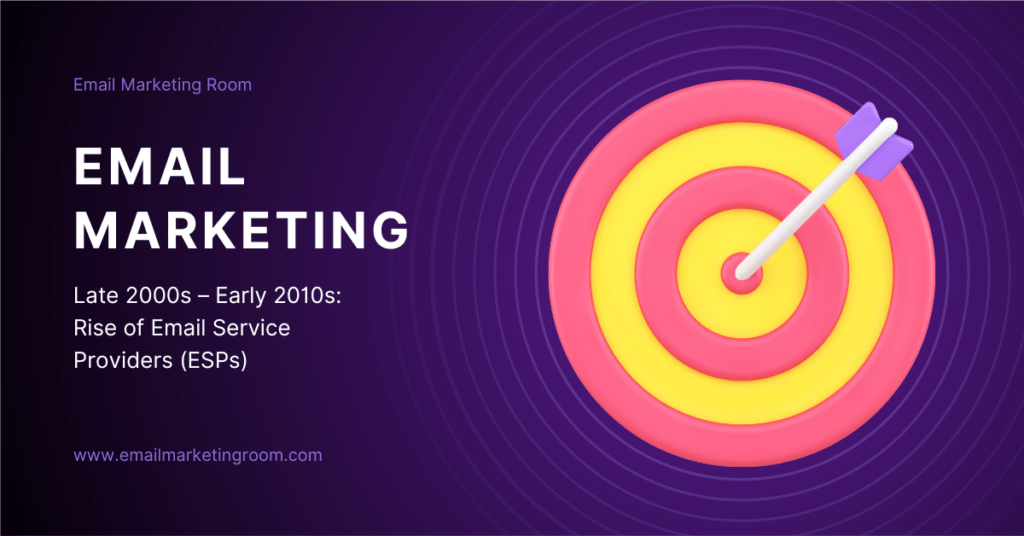
2010s: Personalization and Automation:
The 2010s marked a significant shift towards personalized and targeted email marketing. Advances in data analytics allowed marketers to segment their audiences and deliver more relevant content. Marketing automation tools became widespread, enabling the creation of drip campaigns, triggered emails, and more sophisticated workflows.
Recent Years: Artificial Intelligence (AI) and Hyper-Personalization:
The integration of AI and machine learning has enabled hyper-personalization in email marketing. Marketers can now use data to deliver highly tailored content, predict user behavior, and optimize campaigns in real time. Dynamic content and personalized recommendations are now common features in advanced email marketing strategies.
Current Trends: Mobile Optimization and Interactive Content:
With the widespread use of mobile devices, optimizing emails for mobile became crucial. Interactive content, such as GIFs, carousels, and polls, is gaining popularity, enhancing user engagement.
Conclusion:
Email marketing has evolved from simple, text-based messages to a sophisticated, data-driven strategy. Modern email campaigns leverage advanced technologies, personalization, and automation to deliver targeted and relevant content, creating a more personalized and engaging experience for recipients.
